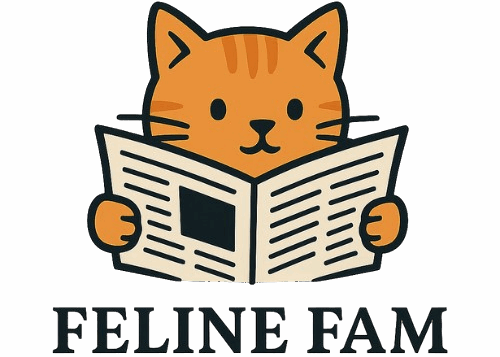Cats are often seen as independent and aloof creatures, but many feline owners would argue otherwise. There’s something almost magical about how a cat seems to know when you’re not feeling your best, and decides to snuggle up next to you. Let’s explore the intriguing relationship between cats and their ability to sense when their human companions need comfort the most.
Understanding Cat Instincts

At the heart of cats’ comforting behavior lies a mix of instinct and sensitivity. Historically, cats were both predators and prey, so they developed keen senses to survive. These heightened senses help cats read the environment—and you—like a book. While we might not fully comprehend the depth of feline understanding, it’s clear their perceptions are finely tuned to pick up on subtle cues we might overlook.
The Role of Body Language

Cats are adept at interpreting human body language and changes in behavior. When you’re stressed or upset, your posture and facial expressions might change, and your feline friend can notice these subtleties. A slumped posture or a worried face can be signals to your cat that something isn’t right, prompting them to offer their comforting presence.
Responding to Emotional Vocalizations
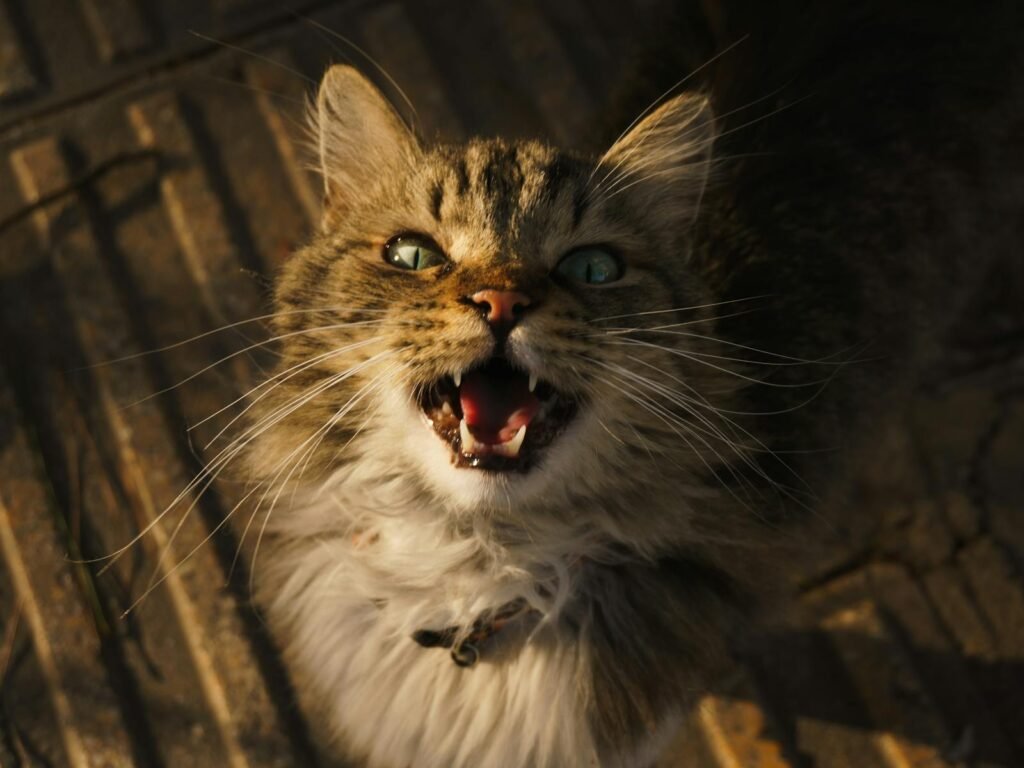
Beyond body language, the way you use your voice can alert your cat to your emotional state. Even if you don’t verbally express distress, subtle changes in tone, volume, or frequency can tip off your intuitive kitty. Cats may react by drawing closer and rubbing their heads against you, a behavior known as bunting, which can be their way of trying to soothe you.
Purring: A Healing Vibration
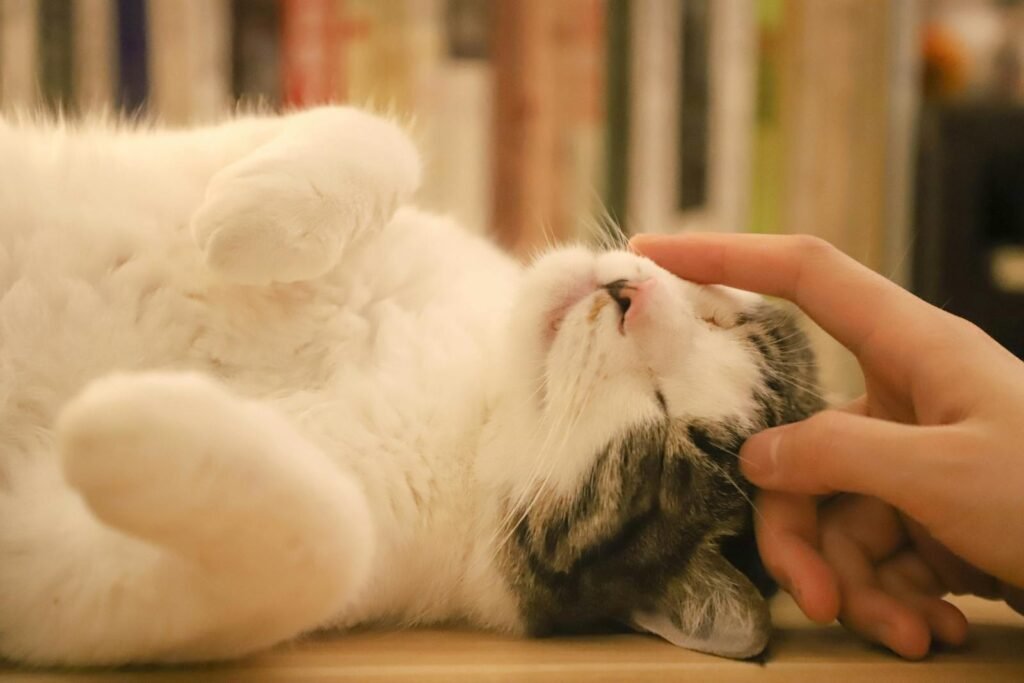
One of the most soothing sounds a cat can make is purring. Not only is it a sign of contentment in cats, but research has shown that a cat’s purr can have a calming effect on humans, reducing stress and inflammation. The frequency of a cat’s purr, typically between 25 and 150 Hertz, has even been linked to healing processes in bones and tissues—offering you an extra dose of comfort.
Empathic Affinity
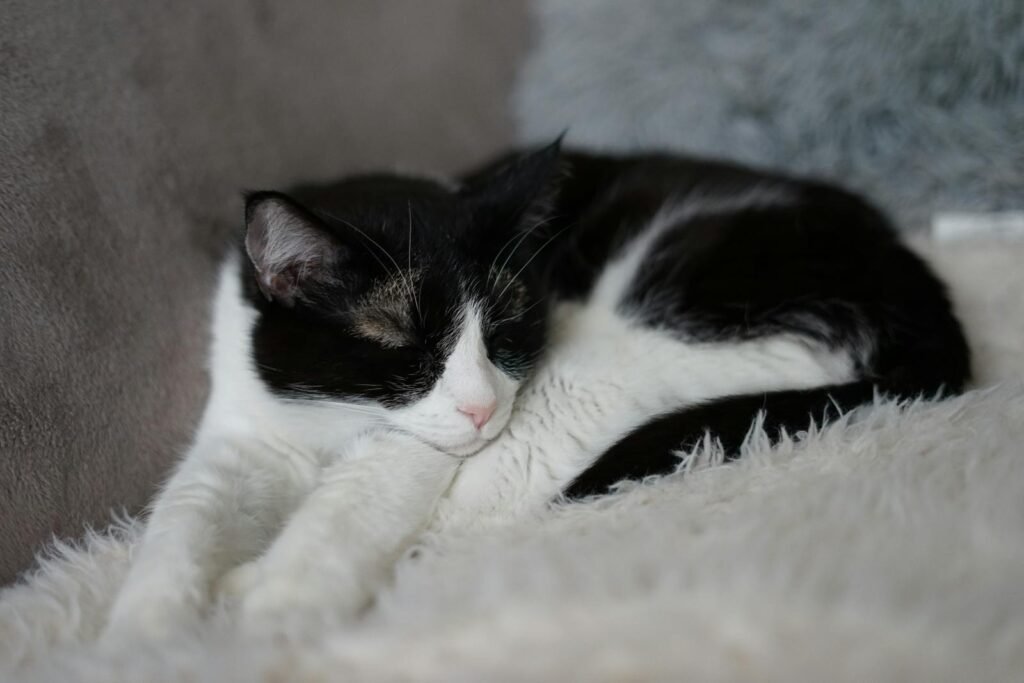
An emerging area of study is cat empathy. While empathy is a complex emotion to prove scientifically in animals, anecdotal evidence suggests cats form empathetic bonds with their human companions. When you’re experiencing strong emotions, your cat may instinctually sense these feelings and attempt to provide solace, indicating a remarkable, albeit subtle, form of empathy.
Sensitive to Scent

We often forget that scent plays a significant role in how animals perceive the world. Cats have a powerful olfactory sense that can pick up on pheromones—chemical signals released by humans. Changes in your odor due to stress-induced sweat or hormonal shifts can act as a signal to your cat that something is different, prompting them to investigate and offer comfort.
Following Routine Changes
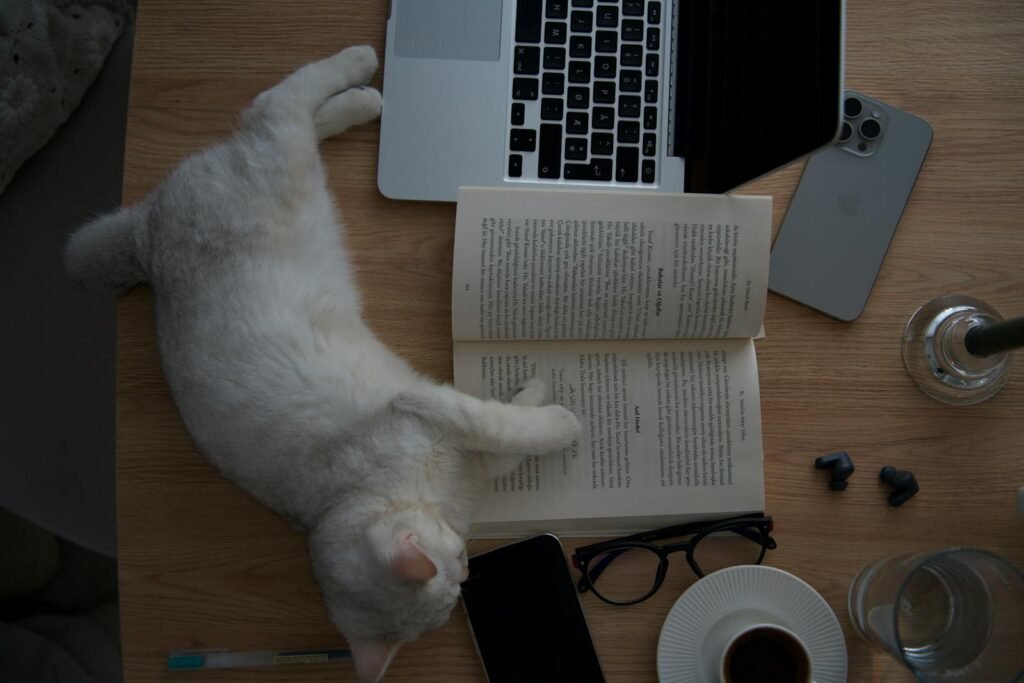
Cats are creatures of habit, highly attuned to daily rhythms and patterns. Any deviation from your usual routine—perhaps you’re lying down more often or are unusually quiet—can alert your cat that something is amiss. This disruption may lead them to offer companionship or nuzzle you, as if saying, “I’m here for you.”
Seeking Closeness

Physical closeness is a common way cats provide comfort. When they sense you need support, they’ll often seek you out, ensuring their proximity is felt. They might lie on your lap, snuggle beside you, or even drape themselves over your shoulder—each act a testament to their comforting presence.
The Power of Touch
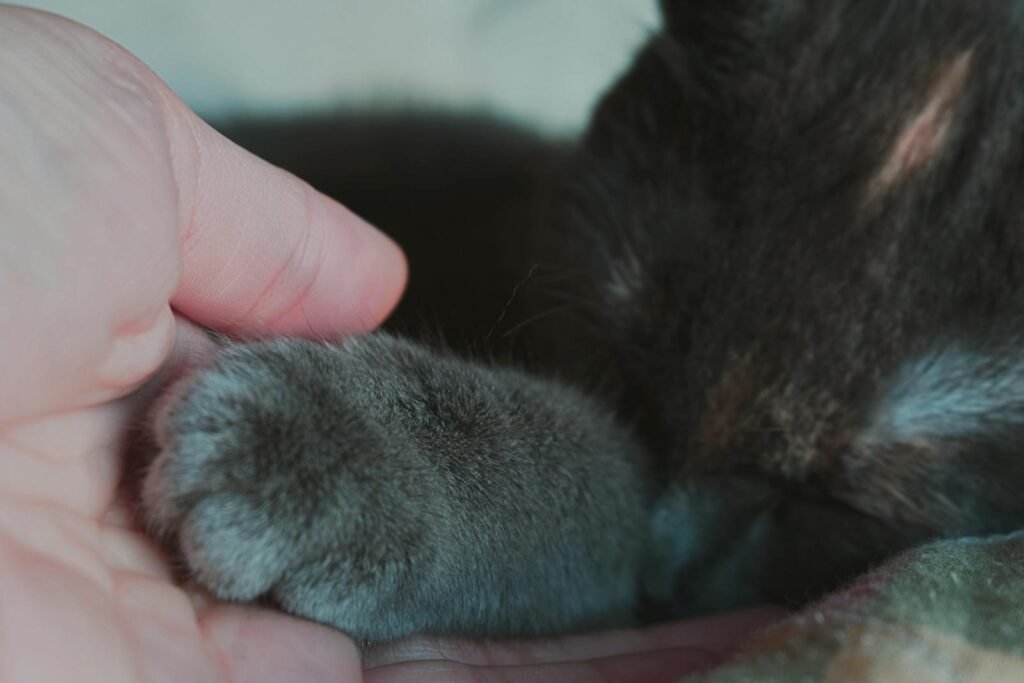
The simple act of petting a cat can be incredibly soothing for both you and your feline friend. Cats often offer their furry bodies for you to stroke when they sense your need for comfort. This mutual exchange of touch can significantly lower stress levels and enhance bonds between you and your cat.
Observing Behavior Changes in Humans
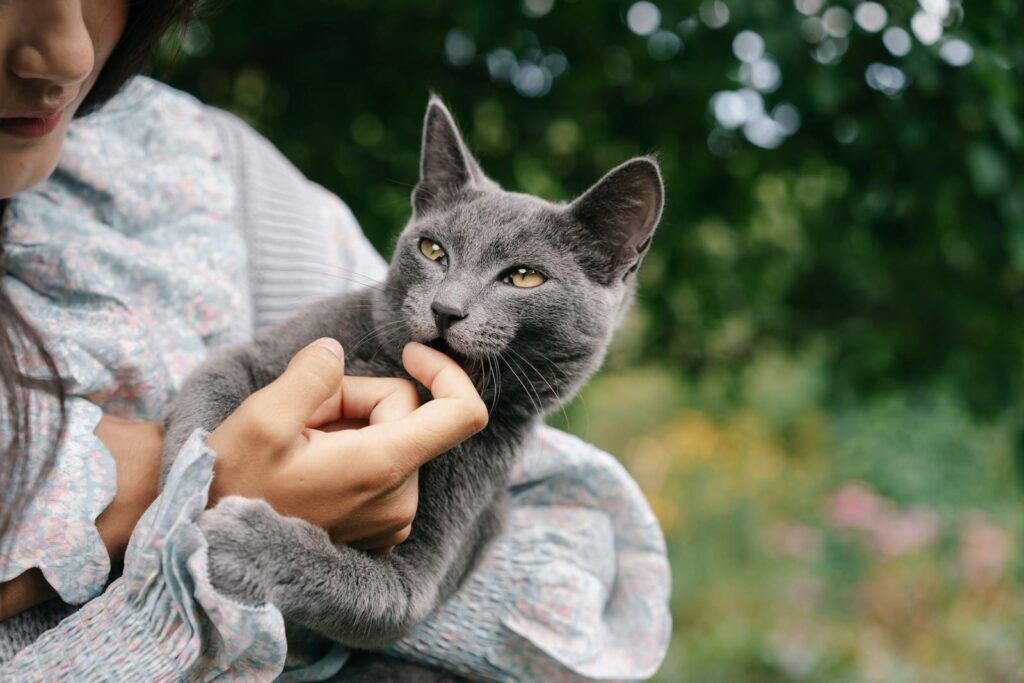
Beyond physical signs, cats are observant of your behavior. If you’re less energetic or withdrawn, your cat might pick up these behavioral shifts. They may respond by being more affectionate or attentive, as if trying to coax you out of your somber mood.
Cats as Silent Companions
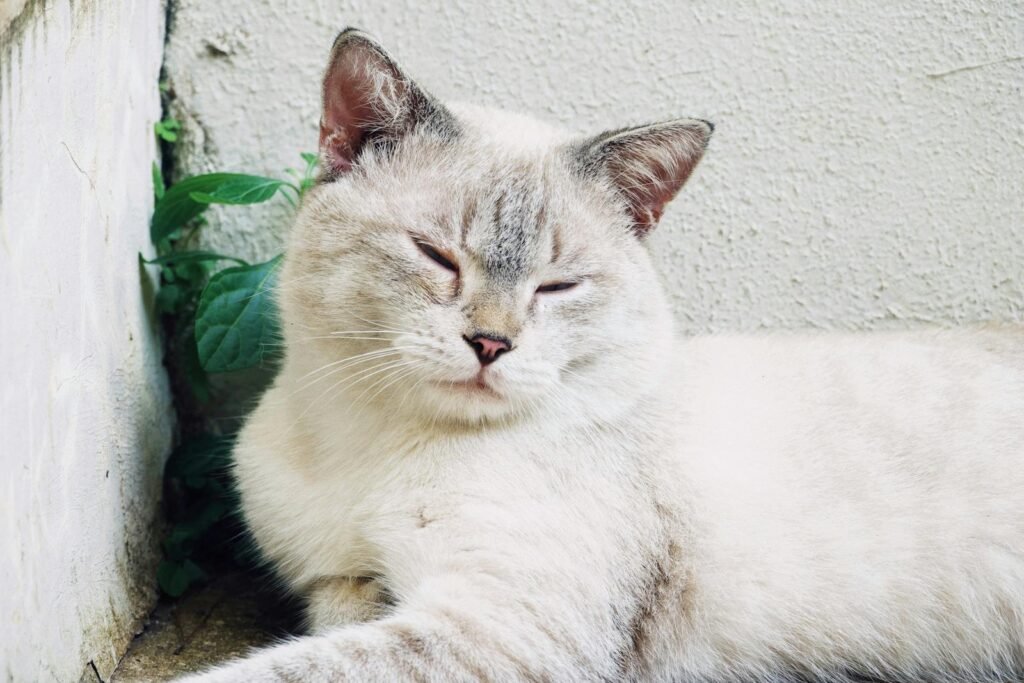
Sometimes, the best comfort lies in silent companionship. Cats have a knack for providing just that—nestling close by without making demands. This quiet, non-judgmental presence offers solace, creating a peaceful environment conducive to emotional recovery.
A Bond Built Over Time
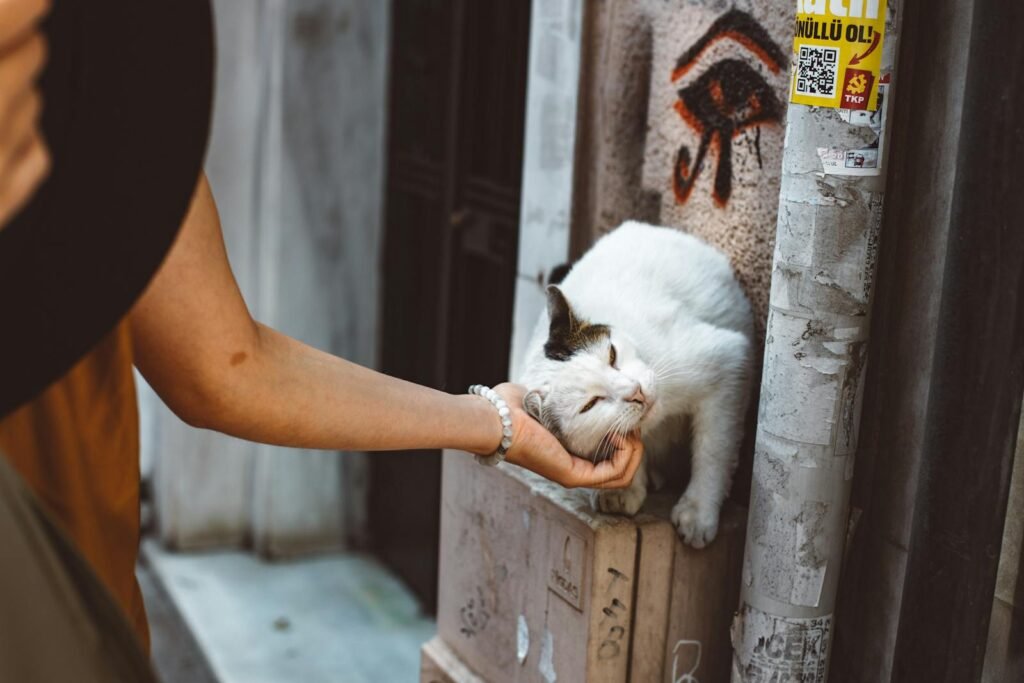
The depth of a cat’s ability to sense your emotional needs is often tied to the strength of your bond. Over time, as mutual understanding and affection grow, cats become more attuned to your feelings. This deep bond enhances their role as comfort providers, transforming the relationship into one of profound companionship and trust.
Cats are more than just pets; they are emotional anchors, providing comfort and companionship when it is needed most. Through a combination of instinctive behaviors, sensory perceptions, and unique bonds with their human companions, they often know precisely when we need them. This magical understanding underscores the profound relationship we share with our feline friends, highlighting their role in promoting our happiness and well-being.

Growing up traveling and experiencing new cultures and wonders, I have had a passion for nature, adventuring, photography, and videography. I am currently working towards a BSc in Biodiversity and Ecology at Stellenbosch University, and I hope to specialise in Marine Sciences one day.
Please send any feedback to Feedback@animalsaroundtheglobe.com
